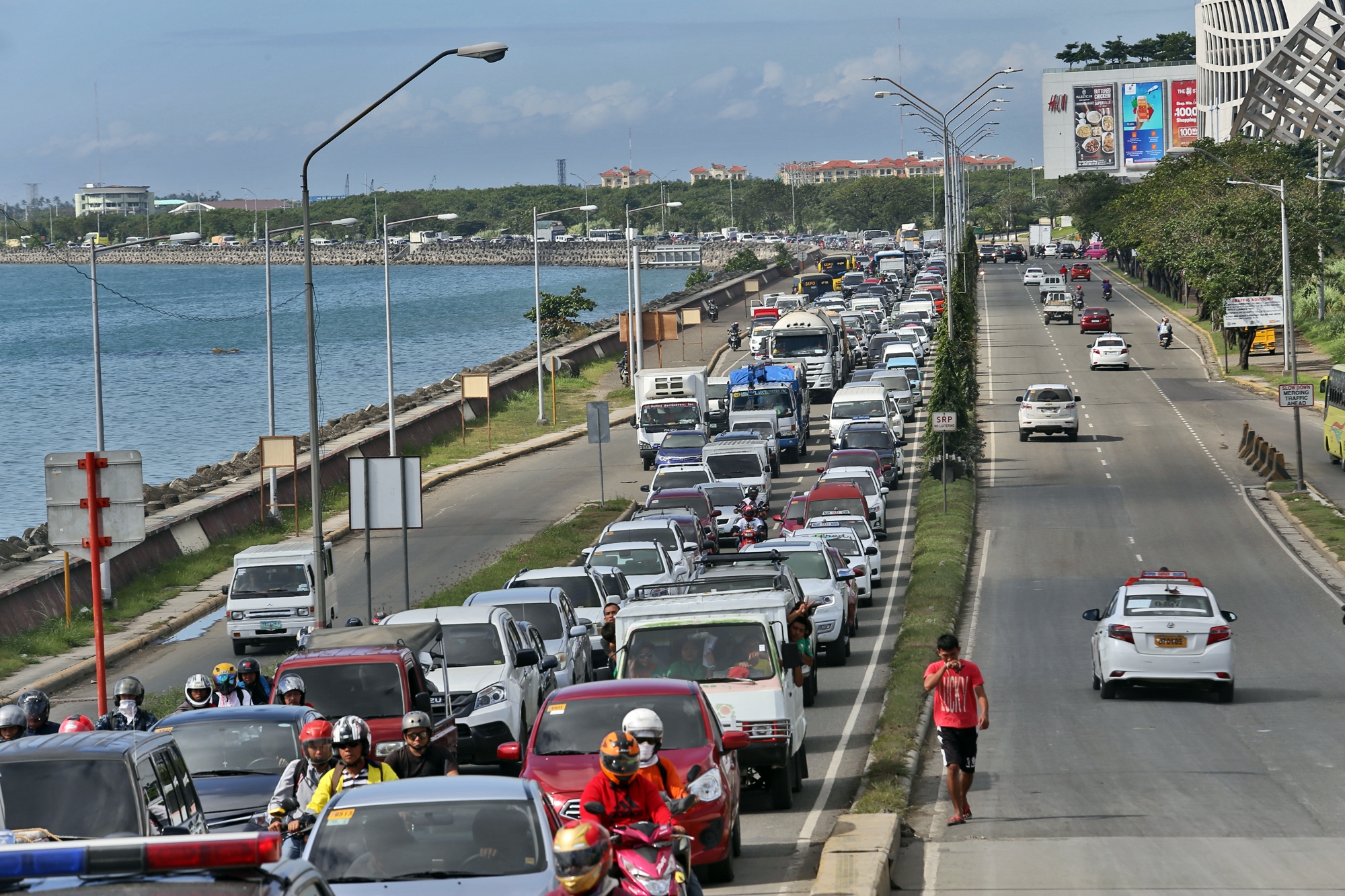
Department of Transportation Secretary Arthur Tugade was in Cebu on July 6, 2019 to conduct an ocular inspection of the BRT route in the city, which will start from the South Road Properties (pictured above) to the Cebu IT Park in Barangay Apas. CDN FILE PHOTO
CEBU CITY, Philippines — Cebu City Mayor Edgardo Labella has called on the Department of Transportation (DOTr) to hasten the completion of the Bus Rapid Transit (BRT) system to prevent additional payment of “commitment fees” for every year that the project is delayed.
Labella made this call after learning about the P23 million “commitment fee” that the national government has incurred from the P10.6 billion loan taken from the World Bank to fund the BRT project.
A commitment fee is a fee levied on undisbursed portion of the loan, payable in the currency in which the loan is denominated.
The delay of the implementation of the BRT has caused the accumulation of commitment fees over the years, which is payable to the World Bank by the national government. The loan was taken in 2014.
A commitment fee of P4.6 million every year has been piling up in the last five years, from 2014 to 2019.
“If there will be more delays, there will be more amount that will need to be paid. So I hope it (BRT) can be fast tracked and developed as soon as possible,” said Labella.
READ: Rama on BRT: City Council will have to intervene
READ: Osmeña writes Neda-ICC, raises concerns on BRT changes
Labella said he hopes that the DOTr will fulfil its promise of having a functional BRT by 2021.
The BRT system has to be operational by 2021 because beyond that year, the World Bank will no longer fund the project and the national government will have to take a new loan to continue the project.
DOTr Secretary Arthur Tugade was in Cebu on July 6, 2019 to conduct an ocular inspection on the BRT route in the city, which will start from the South Road Properties (SRP) to the Cebu IT Park in Barangay Apas.
READ: DOTr: Cebu’s BRT, cable cars, monorail system up and running in 2021
The DOTr and its partner agencies are finalizing the detailed engineering design so they can begin with budget procurement, which will need the approval of the National Economic and Development Authority (Neda).
Tugade also gave a three-month deadline to the project consultants to finish the engineering design.
The design is expected to be finished by October 2019 and construction is expected to start in the first quarter of 2020. / celr